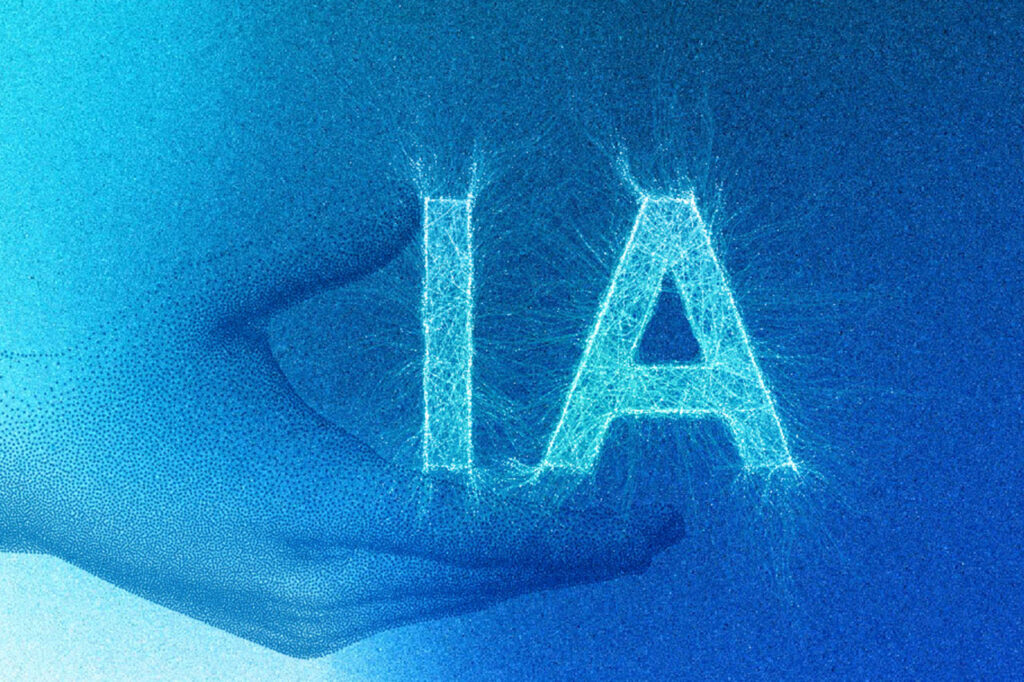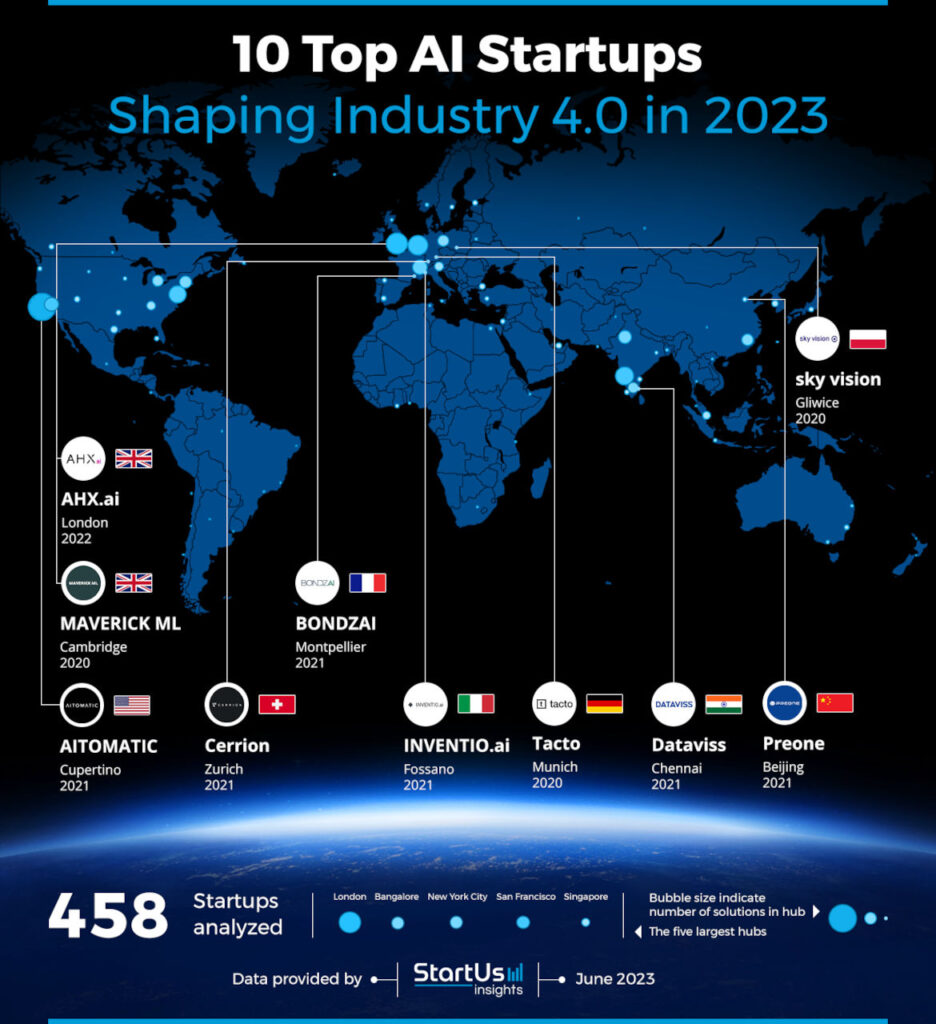Bondzai: industrial AI that learns from humans
The result of cutting-edge academic research straight out of the Alexander Grothendieck Institute (UM) Alexander Grothendieck Institute (UM) and an entrepreneurial approach focused on innovation, the start-up Bondzai has developed an artificial intelligence system capable of learning live and continuously in a complex industrial environment. It is currently preparing an ambitious €2 million fundraising campaign. Interview with its co-founder and CEO, Alain Fanet.

What is the nature of the link between the start-up Bondzai and the University of Montpellier?
It all began with the work of Bijan Mohammadi, professor of mathematics at the University of Montpellier and researcher at the Alexander Grothendieck Institute. In 2016, he wondered how artificial intelligence could be used to simplify mathematical problems associated with numerical simulation. He drew on his 30 years of experience in this field to automate and optimize AI learning processes, culminating in 2018 in a new learning algorithm, which he shared with Satt AxLR.
What led you to co-found a company based on this academic research?
I was looking for an AI project that stood out from the mainstream in order to make artificial intelligence more accessible and simpler. At the end of 2018, Satt AxLR told me about Bijan Mohammadi's project, and in early 2019, they offered us a one-year pre-maturation program to assess our ability to work together. We come from two very different worlds: academia and private enterprise. At the end of 2019, we launched a maturation project with a budget of nearly €1 million. And then the health crisis hit. On December 28, 2021, we finally created the company Bondzai with all six people who are still shareholders today. Bijan Mohammadi also participated in the creation of this start-up through a science competition (see Takeoff#3 Towards the science competition). We had an algorithm and initial voice-centered demonstrators, i.e., voice commands, which targeted the industrial environment.
The artificial intelligence algorithm you have developed has specific features.specific features. What are they?
There are three. The first is that our algorithm has the ability to adapt to the dynamics of the context in which it is used, i.e., to create AI on the spot and in real time. Being able to learn in a matter of seconds allows it to integrate changes, particularly unexpected variations such as noise in the case of a voice command, and thus continue to identify the person speaking and giving a command. The second specific feature of our algorithm is that it learns from very little data, and a simple interaction with a person is enough to correct the AI if it makes a mistake. The AI will take this information into account, whether positive or negative, and reinforce its knowledge. Its third specific feature is that our AI does not need a server, cloud, or infinite resources to perform its calculations. It can be embedded in the device and is therefore autonomous. This means that it can be put in your car, on a calculator, or on a small electronic card.
Which markets does your technology target?

First, there is the Industry 4.0 market, which deals with quality issues such as anomaly detection and predictive maintenance. We are working with Renault on these issues in particular. We analyze the noises made by machine tools during operation to identify any anomalies, and we are currently developing our solution to include image analysis. The second sector we are targeting isadvanced human-machine interfaces, which replace keyboards with gestures to control devices such as screens.
What products do you plan to market ?
We are introducing DavinSy, an embedded software system, and Maestro, the tool used to configure it. Our goal is to sell licenses and thus enable our customers, manufacturers of industrial IoT devices, to become self-sufficient in AI development.
What challenges does Bondzai face today?
The first challenge is financial: we are currently preparing our first round of fundraising, targeting €3 million. To do this, we need to convince the financial world that our technology, which breaks with the dominant AI model, is a powerful driver of progress. Once the fundraising is complete, we want to increase the number of employees to nineteen. Our second challenge is to do everything we can to ensure that the product is marketable by late 2023-early 2024, in order to quickly generate recurring revenue. If all goes well, this diversity will lead us to expand abroad and into new industrial sectors by 2026. Our software solution is a fundamental breakthrough invention at the heart of many devices, which means that our market is global.
The issue of AI is a source of considerable concern, particularly since the tidal wave triggered by the ChatGPT phenomenon. How do you respond to this?
The issue of AI stirs up fears, leading to a complete misunderstanding. Our AI is designed to produce higher quality products while enhancing human knowledge and expertise. As part of quality control, our AI interacts with operators, who can correct and improve it by pointing out when it makes mistakes. Our aim is to put humans at the center of the learning process so that they can pass on their knowledge, and not just to machines.